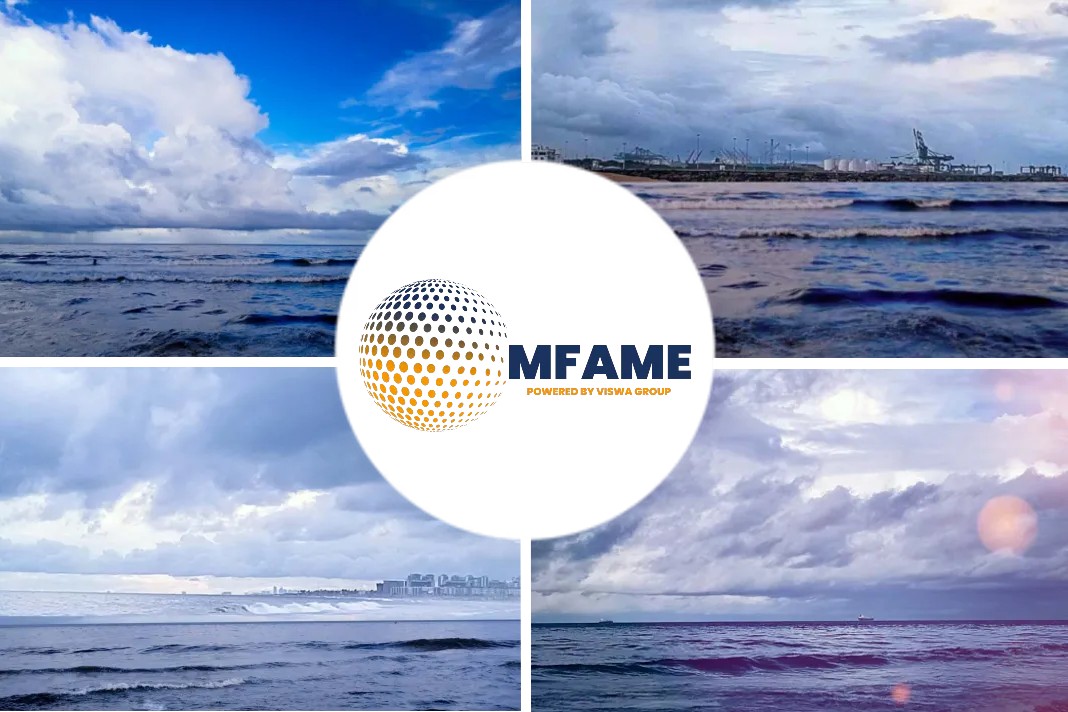- The shipping industry, is one of the biggest polluters in the world.
- It contributes 17% of the world’s CO2 annual emissions and 8% of its sulfur output.
- It is believed that the IMO’s regulations will cost the shipping industry between US $60 – 200 billion.
- Carriers have devised various ways of complying with the law like using LNG and eco-friendly innovations.
- Carrier A.P. Moeller-Maersk announced plans complying with the IMO’s 2020 rules when it set a target of having carbon neutral vessels on the seas by 2030.
International Maritime Organisation (IMO)’s rules on sulfur emission, the move that will have an enormous impact on the shipping industry are due to come into force from January 1, 2020, says Port Technology.
Stringent regulation
This legislation will ban any ship from emitting more than 0.5% of sulfur in its fuel, a cut of almost 3% from the current level.
Therefore, planning for the implementation will be one of the industry’s biggest challenges in 2019.
The reasons behind the new rules and how some of the world’s biggest carriers are preparing for them are briefed as below:.
What is the catalyst?
The IMO’s motivation is clear – the shipping industry, while invaluable to the global economy, is one of the biggest polluters in the world.
It contributes 17% of the world’s CO2 annual emissions and 8% of its sulfur output. The former could, according to the EU, could rise to 50% by 2050 unless action is taken.
This is because, the shipping industry relies on sulfur-heavy fuel oil (HFO) and has done for decades.
Though estimates vary, it is believed that the IMO’s regulations will cost the shipping industry between US $60 – 200 billion.
How to comply with IMO 2020
Carriers have devised various ways of complying with the laws, which may turn out to be beneficial to business, as well as the environment.
The biggest has been a move towards new fuels, such as liquefied natural gas (LNG) which has the potential to reduce shipping times and improve efficiencies.
Eco-friendly innovations
Carriers have also been searching for eco-friendly innovations. Japanese carrier MOL, which recently merged into Ocean Network Express (ONE), for example, unveiled plans six new technologies in August 2018.
These included water treatment systems, sulfur scrubbers, LNG-fuelled vessels and even plans to use electric sails on container vessels, which it hopes to launch by 2020.
This is just one of the big innovations that the industry is looking at. Others include new hybrid cleaning systems, which will reduce the output of dirty chemicals, and even cryptocurrencies.
Carbon neutral vessel
On December 5, the world’s biggest carrier A.P. Moeller-Maersk announced plans to go above and beyond complying with the IMO’s 2020 rules when it set a target of having carbon neutral vessels on the seas by 2030.
That is part of the company’s plans to achieve a completely carbon-free fleet by 2050 and called on the rest of the industry to “join forces” and find new ways of keep trade moving while protecting the environment.
2019 will be dominated by the shipping industry’s preparations for January 1, 2020. It has already inspired a raft of technological innovations which could become fixtures of the sector for years to come.
Did you subscribe for our daily newsletter?
It’s Free! Click here to Subscribe!
Source: Porttechnology
















